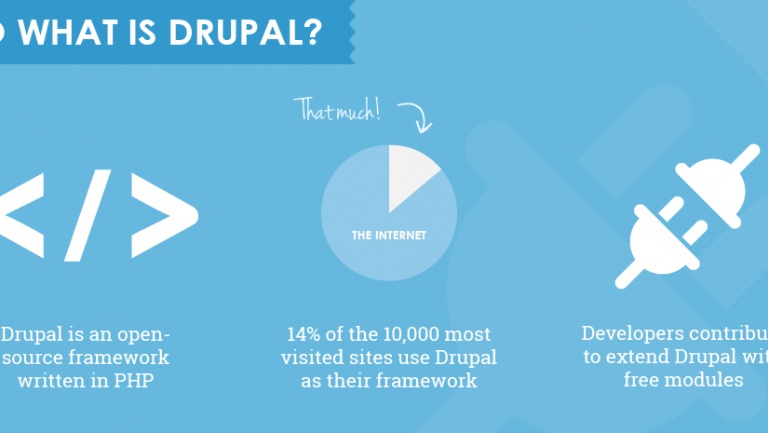Adding video to a site may only sound like the smallest of changes, but it can often have the biggest impact. In this article, we have highlighted five of our favourite examples.
Best Uses of Video Content

Adding video to a site may only sound like the smallest of changes, but it can often have the biggest of impacts. They can quickly and informatively explain a concept or product in a fraction of the time it would take to describe it in words. Not only that, but by implementing video within the design itself you can instantly create tone and atmosphere - doubly so if it includes music.
We’ve drawn up a showcase of some of our favourite examples to show you how it can be best used.
Spotify

Spotify’s minimalist, video-heavy frontpage ties into their “music for every moment” mantra with a montage of people enjoying music in various different locations - all set to a pleasant acoustic guitar track. It has the feel of a modern television advert, but presented online.
The bulk of Spotify’s online information - feature lists, pricing structure and so on - have instead been pushed to a separate site which goes into much greater depth about what it can offer and how to get started with it. This leaves the frontpage - like the splash pages of old - to sell the product in as little words as possible.
The use of video helps to set the tone and explain the concept of Spotify. On top of that, it goes a long way to creating sentimentality around the Spotify brand, focusing on the idea of music being linked to a place or memory. This sentimentality, in turn, encourages people to sign up and get involved.
EagleClean

London based EagleClean’s web presence is only a handful of pages - practically a microsite - but it immediately stands out with its use of video backgrounds. Everyone visiting the site will be viewing it on some kind of screen, and what better way to immediately let people what know your business is than by giving it a quick clean?
The content is kept to a minimum - their location, a list of key services and a basic contact form - allowing the videos to take centre stage. Each page uses a slightly different background, encouraging you to click around the site (and learn more about their business, too.)
They take a relatively dry and non-visual subject matter and turn it into an interesting and unique piece of marketing. Its a simple but clever concept that gives it instant shareability too - music to the ears of any marketeer.
Life of Pi

Most websites for big Hollywood films feel like little more than interactive brochures; a few photos and embedded videos, peppered with marketing blurb and reviews from people you’ve likely never heard of.
For Ang Li’s “Life of Pi” this trend has been bucked, with a site packed with bold, colourful, high-quality video that showcases some of the most memorable scenes from this award-winning film. This emphasis on visuals is carried across throughout the whole site, with links to high resolution film stills on Flickr, a photography competition on Facebook, and exclusive interviews with the cast on YouTube.
The visuals are one of “Life of Pi”’s key selling points. The creators knew this and so decided to focus heavily on video and visuals throughout the site, the result being a slick, sumptuous - and shareable - online presence.
Arcade Fire

Canadian alternative rock band Arcade Fire are already well known for their HTML5-powered interactive film “The Wilderness Downtown”, but one you may not be as familiar with is the interactive music video “Neon Bible” launched in 2007 to accompany their album of the same name.
The video “stars” the lead singer Win Butler, but his actions can be decided by the viewer. During the course of the song you’re given various opportunities to interact with his hands and face, with these actions subtly altering the course of the story. For example: the decision of which card to pick from a freshly-dealt hand is left up to the viewer. On top of that are smaller hidden easter eggs that give extra information and hidden notes to the viewer.
Arcade Fire are no strangers to unique and interesting marketing strategies to help promote their music and “Neon Bible” is a great example of this - and of how video can be used in interesting ways to publicise your content online.
We Choose The Moon

We Choose The Moon is an educational and interactive timeline of the Apollo 11 mission, created to promote the John F. Kennedy Library in Boston. Readers can follow along from launch to touch-down on the moon with live audio, transcripts of communications as well as photos and video clips from the era.
This use of archival material helps give this site a really genuine feel - as well as showcasing and promoting the wealth of information that the JFK Library has access to - but it’s the use of rendered 3D video that makes We Choose The Moon really stand out. By giving the user the power to move the entire mission forward (as well as the childish thrill of hitting a big “Launch Rocket” button) it’s easy to become invested in the progress of the mission - even though you already know how it ends!
Whilst most people won’t have the budget or wealth of material required to build something on the scale of We Choose The Moon, there’s still plenty of points to be learned from it. By adding video - either to the design or as the central piece of content - to your site, you can immediately engage the viewer. By laying interactivity and customizability on top of this you can create an investment by the user, helping to create experiences that they’ll want to share with their friends both online and offline.
5 MIN READ: Why you should consider using video content from @forbes http://t.co/fePt5wS1cZ because people love it, of course!
— Curve Agency (@CurveAgency) August 20, 2013



